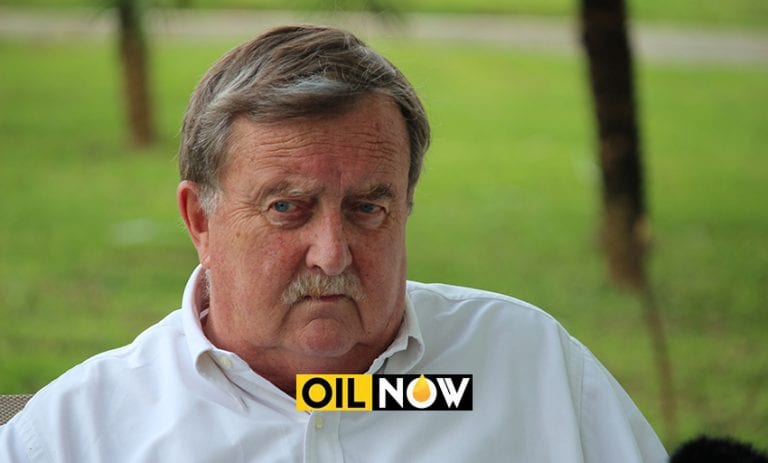The following is an extract from a previous article I contributed to for OilNOW in November 2017.
“Canadian oil and gas consultant Rob Strong is adamant that much more oil will be found in the Guyana-Suriname Basin, in keeping with his view that the world class Liza discovery is like an elephant; and “elephants don’t travel alone.”
“I would certainly not let the fact that there have been a couple dry wells drilled in the Guyana-Suriname Basin discourage any interest there might be. Along with many others including the United States Geological Survey, I am a firm believer that the Guyana-Suriname Basin is indeed a prolific basin which contains numerous opportunities for further development” November 2017
I wrote this article after the April 24, 2017 announcement that the Apache Oil and Gas Corporation had failed to find commercial quantities of oil at its Kolibrie-1 well, offshore Suriname. The closely-watched drilling operations took place 129km off the coast of the South American country, in Block 53.
Now, some 14 months following the announcement by the Apache Oil and Gas Corporation, Kosmos Energy recently made their own announcement. The June 26, 2018 news from Kosmos Energy was that drilling at the Anapai-1A exploration well located in Block 45 offshore Suriname had failed to find any hydrocarbons.
In its statement, Kosmos said Anapai-1A was drilled to a total depth of 4,556 meters and was designed to test lower Cretaceous reservoirs in a structural trap on the flank of the basin.
It added that the prospect was fully tested, encountering high quality reservoirs in the targeted zones, but they did not find hydrocarbons.
Do not despair!
History of dry wells – The history of dry wells is nothing new to this industry. Allow me to give you some specific examples from the country in which I live (Canada) and where I have experienced the industry firsthand for some 35 years.
Newfoundland – Let’s look at the history of offshore Newfoundland and, more specifically, ExxonMobil’s development called Hibernia – known as Exxon’s “jewel in the crown” which recently produced its billionth barrel and is estimated to still have 600 million barrels left to recover, representing a total of 1.6 bbbls of light sweet crude.
It is worth noting that we in Newfoundland and Labrador drilled 59 wells before the Hibernia field was declared commercial. This pales in comparison with the amount of offshore drilling that has taken place in Suriname to date.
Nova Scotia – In our neighbouring province of Nova Scotia, there were 71 wells drilled prior to the commercial production of the Sable Island gas field.
Optimism abounds!
I am clearly not the only optimist with respect to oil prospectivity in Suriname. I hold the strong belief that Suriname will indeed become an oil producing country in the near future.
Rudolf Elias, Managing Director and CEO of state oil company Staatsolie Maatchappij Suriname N.V., joins me in being confident that a discovery well will eventually be made.
In a March 18, 2018 edition of Energy Digital Magazine, he is quoted as saying….”It’s not a question of whether we will find oil offshore. It’s a question of when.”
And, the exploration continues.
Kosmos will proceed in the third quarter to test Pontoenoe, the first of up to three independent prospects in Block 42 offshore Suriname.
Pontoenoe is a similar play type to the Turbot and very recently announced Longtail (and highly successful, i.e. 500million barrels) discoveries located approximately 70 kilometers to the west in Guyana.”
Kosmos holds rights in the Block 45 and Block 42 contract areas under production sharing contracts with the Government of Suriname’s Staatsolie Maatschappij Suriname NV.
Much like the boundary between Norway and the UK, where the long-producing Statjford field is located, the actual reservoir does not end at the artificial country boundaries of Norway and the UK. These country boundaries are artificially created by humans and have no respect for geological profiles.
In conclusion, let me reiterate that these dry wells should not be seen as discouraging. As stated previously, it’s not a matter of whether oil will be found; it is merely a question of when.



